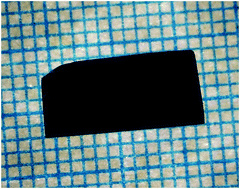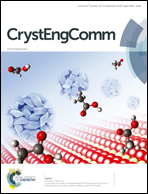Synthesis, crystal growth and characterization of Zn0.5Mn0.5Te single crystal grown via the Bridgman technique
Abstract
The polycrystalline compound Zn0.5Mn0.5Te has been synthesized via the melt oscillation method. The vertical Bridgman method was used to grow single crystals. The crystalline phase was confirmed by powder X-ray diffraction pattern analysis. Rietveld refinements were also carried out and there was good agreement between the calculated and observed Bragg position. The 2θ and 2θ–ω scans were recorded to study crystalline perfection. The stoichiometric chemical composition was confirmed using energy dispersive spectrometry. The cut off wavelength was observed around 605 nm and the optical band gap was calculated to be 2 eV from UV-vis-NIR spectroscopy. Raman spectra were recorded at ambient temperature in a back scattering geometry. The spectra exhibited high intensity first-order Raman bands. In addition, several low intensity second-order Raman bands were observed in the frequency range of 200 to 350 cm−1. Temperature dependent photoluminescence (PL) spectra were recorded for the grown crystal. At low temperature, a broad emission band centered at 2.0 eV was found with excitation energy (Eexc) of 2.7 eV. This emission corresponds to the 4T1 → 6A1 transition of Mn2+. Electron spin resonance spectra (ESR) were measured in the temperature range of 110–300 K in a magnetic field between 0 and 10 kG with a frequency of 9.38 GHz.



 Please wait while we load your content...
Please wait while we load your content...